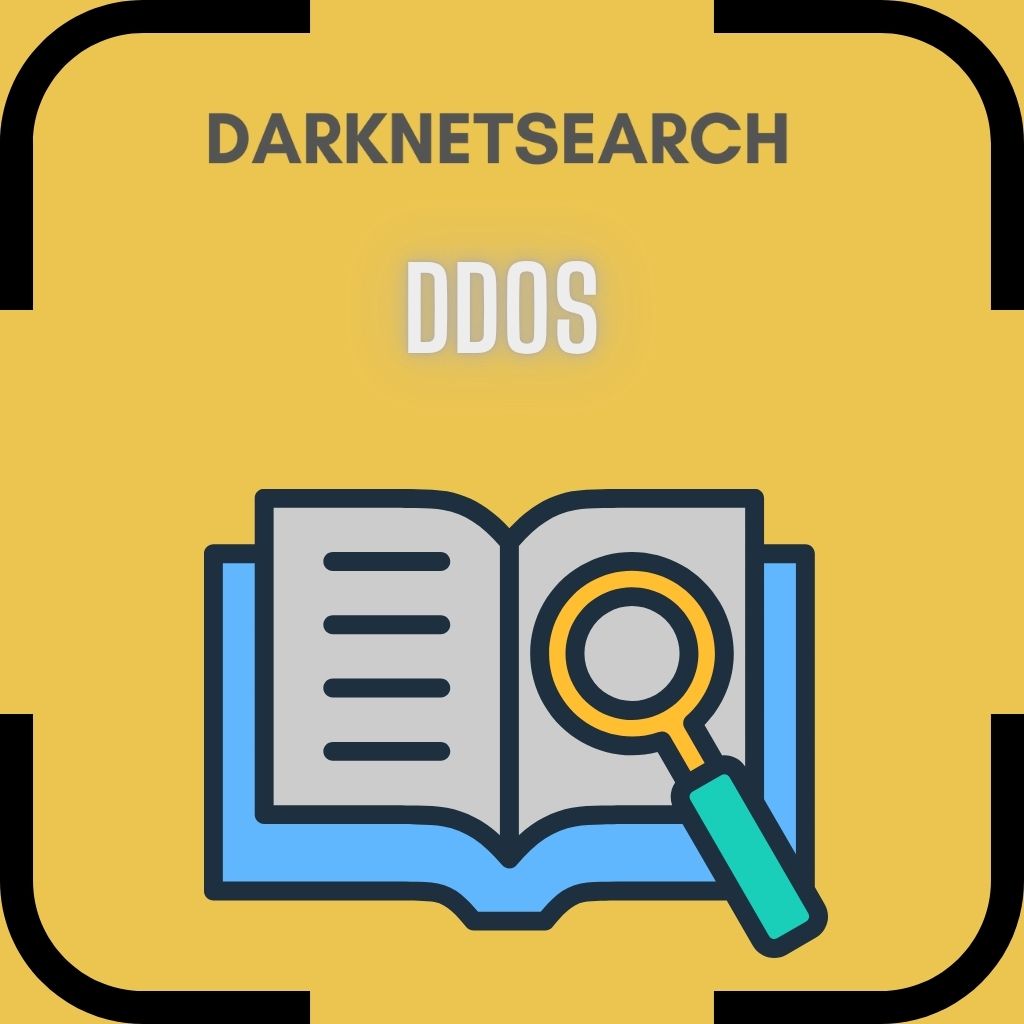➤Summary
What is DDOS?
In today’s digital world, DDoS attacks are among the most disruptive and damaging forms of cybercrime. The term DDoS (Distributed Denial of Service) refers to a coordinated effort by multiple systems to overwhelm a target—like a website, server, or network—until it becomes inaccessible to legitimate users. These attacks can cripple online businesses, disrupt critical services, and cost organizations millions 💥. In this article, we’ll explore what a DDoS attack is, how it works, its real-world impact, and the best defense strategies to stay protected.
What is a DDoS Attack?
A DDoS attack (Distributed Denial of Service) occurs when multiple compromised devices flood a target with an enormous amount of traffic. The goal is simple but devastating: to exhaust the target’s resources—bandwidth, processing power, or network capacity—so that legitimate users can’t access it.
The devices used in these attacks are often part of a botnet, a network of infected computers, IoT devices, or servers controlled remotely by cybercriminals. According to Cloudflare, DDoS attacks can reach terabit-per-second (Tbps) scales, capable of taking down major online platforms like GitHub, AWS, or government sites.
How Does a DDoS Attack Work?
The mechanics of a DDoS attack are based on exploiting weaknesses in network protocols and resource limits. Let’s break it down step by step:
-
Infection and Botnet Creation: Attackers infect thousands of devices using malware.
-
Command and Control: These devices are connected to a central system controlled by the attacker.
-
Target Selection: The attacker chooses a victim (e.g., a company’s website).
-
Massive Traffic Launch: All infected devices start sending huge amounts of data requests simultaneously.
-
System Overload: The victim’s server crashes or becomes extremely slow, denying service to real users.
💡 Fun fact: Some DDoS attacks are so powerful that they can consume hundreds of gigabits per second in bandwidth, enough to knock out entire ISPs for hours.
Main Types of DDoS Attacks
Not all DDoS attacks are the same. Here are the most common types:
| Type of Attack | Description | Example |
|---|---|---|
| Volumetric Attacks | Floods the bandwidth with massive data traffic. | UDP floods, ICMP floods |
| Protocol Attacks | Exploits weaknesses in network protocols. | SYN flood, Ping of Death |
| Application Layer Attacks | Targets web apps or services. | HTTP floods, Slowloris attacks |
Each type requires a unique mitigation strategy, and advanced DDoS protection systems combine multiple layers to detect and neutralize them in real time ⚙️.
Why Are DDoS Attacks So Dangerous?
The impact of a DDoS attack can be devastating for any organization, regardless of size or industry.
-
Financial loss: Downtime costs can reach thousands of dollars per minute.
-
Reputation damage: Customers lose trust when a website or service goes offline.
-
Operational paralysis: Entire infrastructures may become unavailable.
-
Security distraction: DDoS attacks are sometimes used as a smokescreen for data breaches or ransomware.
🎯 Example: In 2023, Cloudflare reported that ransom-motivated DDoS attacks increased by 67%, showing that attackers are now combining extortion with disruption.
What’s the Difference Between DoS and DDoS?
DoS (Denial of Service) is a single-source attack launched from one computer. DDoS (Distributed Denial of Service), on the other hand, uses multiple devices distributed globally.
| Factor | DoS | DDoS |
|---|---|---|
| Number of sources | One | Many (hundreds or thousands) |
| Scale of impact | Limited | Massive |
| Detection difficulty | Easier | Harder |
| Typical use | Testing or small-scale disruption | Large-scale cyberattacks |
So while both aim to shut down services, DDoS attacks are far more complex, powerful, and harder to trace.
Who Launches DDoS Attacks and Why?
Motives behind DDoS attacks vary widely:
-
Hacktivists: Protest against governments or corporations.
-
Cybercriminals: Demand ransom to stop the attack.
-
Competitors: Unethical businesses trying to disrupt rivals.
-
State-sponsored actors: Target critical infrastructure or foreign institutions.
-
Script kiddies: Amateurs seeking notoriety or fun 🙄.
Attack tools are now so accessible that even inexperienced attackers can rent “DDoS-for-hire” services for as little as $10 per hour on the dark web.
Real-World Examples of DDoS Attacks
-
GitHub (2018): Hit by a 1.35 Tbps DDoS attack, one of the largest ever recorded.
-
Dyn (2016): A botnet of IoT devices (Mirai) took down Twitter, Netflix, and Reddit for hours.
-
Cloudflare (2022): Mitigated a 26-million-requests-per-second attack — a record-setting HTTP flood.
These events highlight how even the most resilient systems can be tested to their limits when facing massive distributed attacks.
How to Prevent a DDoS Attack
While no system is 100% immune, there are strong defenses you can implement:
1. Use a DDoS Protection Service
Solutions like Cloudflare, Akamai, or AWS Shield filter malicious traffic before it reaches your infrastructure.
2. Implement Rate Limiting
Control how many requests a user can make per second to your server.
3. Maintain Redundancy
Spread resources across multiple servers or data centers to avoid single points of failure.
4. Use a Web Application Firewall (WAF)
A WAF can detect abnormal traffic patterns and block attack sources instantly.
5. Monitor Network Traffic Continuously
Using tools like DarknetSearch’s threat monitoring can help identify early signs of coordinated traffic spikes.
6. Keep Systems Updated
Patch operating systems, routers, and applications regularly to close exploitable gaps.
Practical Checklist to Strengthen DDoS Protection 🧠
✅ Review your hosting provider’s DDoS response plan.
✅ Set up alert thresholds for abnormal traffic.
✅ Use cloud-based mitigation for scalability.
✅ Backup critical systems and configurations.
✅ Test your incident response plan regularly.
✅ Educate your IT team on detection and containment.
Following this checklist can drastically reduce downtime and protect your organization from future attacks.
Common Misconceptions About DDoS
Myth 1: Only large companies get targeted.
➡️ Reality: Small businesses are often easier targets because they lack advanced protection.
Myth 2: DDoS attacks are just about traffic floods.
➡️ Reality: They often serve as a distraction for other intrusions.
Myth 3: Antivirus software alone can stop a DDoS.
➡️ Reality: These attacks require network-level solutions and proactive mitigation.
Expert Insight 💬
According to a report from Akamai Technologies, “DDoS attacks have evolved from simple floods to sophisticated multi-vector campaigns that combine volume, application, and protocol exploitation.”
This means businesses must adopt a layered defense—combining infrastructure protection, threat intelligence, and continuous monitoring—to stay secure.
Why Threat Intelligence Matters
Modern DDoS defense isn’t just about blocking traffic—it’s about anticipating threats. Platforms like DarknetSearch offer dark web monitoring that detects chatter about upcoming DDoS campaigns or newly rented botnets. This proactive visibility helps organizations prepare before an attack even starts.
For deeper analysis and real-time monitoring, tools like DarknetSearch Threat Intelligence can help you detect compromised IPs, leaked credentials, and related attack infrastructure.
For broader reading, the Cloudflare Learning Center provides a solid technical reference on DDoS prevention and response.
Conclusion
Understanding what DDoS is and how it works is essential in today’s cyber threat landscape. These attacks are evolving in complexity and frequency, affecting everyone from small startups to global enterprises.
To stay protected, organizations must combine advanced DDoS mitigation tools, vigilant monitoring, and proactive intelligence sources like DarknetSearch.
🌍 Discover much more in our full guide at darknetsearch.com
🚀 Request a demo NOW and see how threat intelligence can shield your infrastructure from the next wave of DDoS attacks!
Your data might already be exposed. Most companies find out too late. Let ’s change that. Trusted by 100+ security teams.
🚀Ask for a demo NOW →Q: What is dark web monitoring?
A: Dark web monitoring is the process of tracking your organization’s data on hidden networks to detect leaked or stolen information such as passwords, credentials, or sensitive files shared by cybercriminals.
Q: How does dark web monitoring work?
A: Dark web monitoring works by scanning hidden sites and forums in real time to detect mentions of your data, credentials, or company information before cybercriminals can exploit them.
Q: Why use dark web monitoring?
A: Because it alerts you early when your data appears on the dark web, helping prevent breaches, fraud, and reputational damage before they escalate.
Q: Who needs dark web monitoring services?
A: MSSP and any organization that handles sensitive data, valuable assets, or customer information from small businesses to large enterprises benefits from dark web monitoring.
Q: What does it mean if your information is on the dark web?
A: It means your personal or company data has been exposed or stolen and could be used for fraud, identity theft, or unauthorized access immediate action is needed to protect yourselfsssss.

